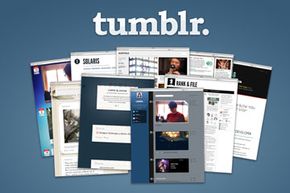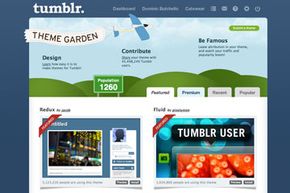In an age of competing social media platforms, what is Tumblr? Tumblr is a network of millions of user-generated, personal websites. It's part blogging platform (like Wordpress or Blogger) and part social networking service, letting users create and post their own original content. Written entries, photographs, video clips, or links to other websites — you can share all of these things with your friends and followers.
Tumblr offers many dynamic features. Users can subscribe to as many other users' pages as they like, which show up on the user's feed, or Dashboard. It's also possible to give "notes" to other subscribers in several forms — you can reblog someone's content on that user's Tumblr site, "like" it, or reply. To further the social aspect, authors can opt to post their Tumblr entries simultaneously, or at least link to them, via other services, such as Facebook, Twitter and Instagram.
Advertisement
Eager to start your own blog on Tumblr? It's not hard at all. In this article, we'll explain in greater detail what Tumbler is, the users it attracts, and how to make your Tumblr microblog a creative and social success!


